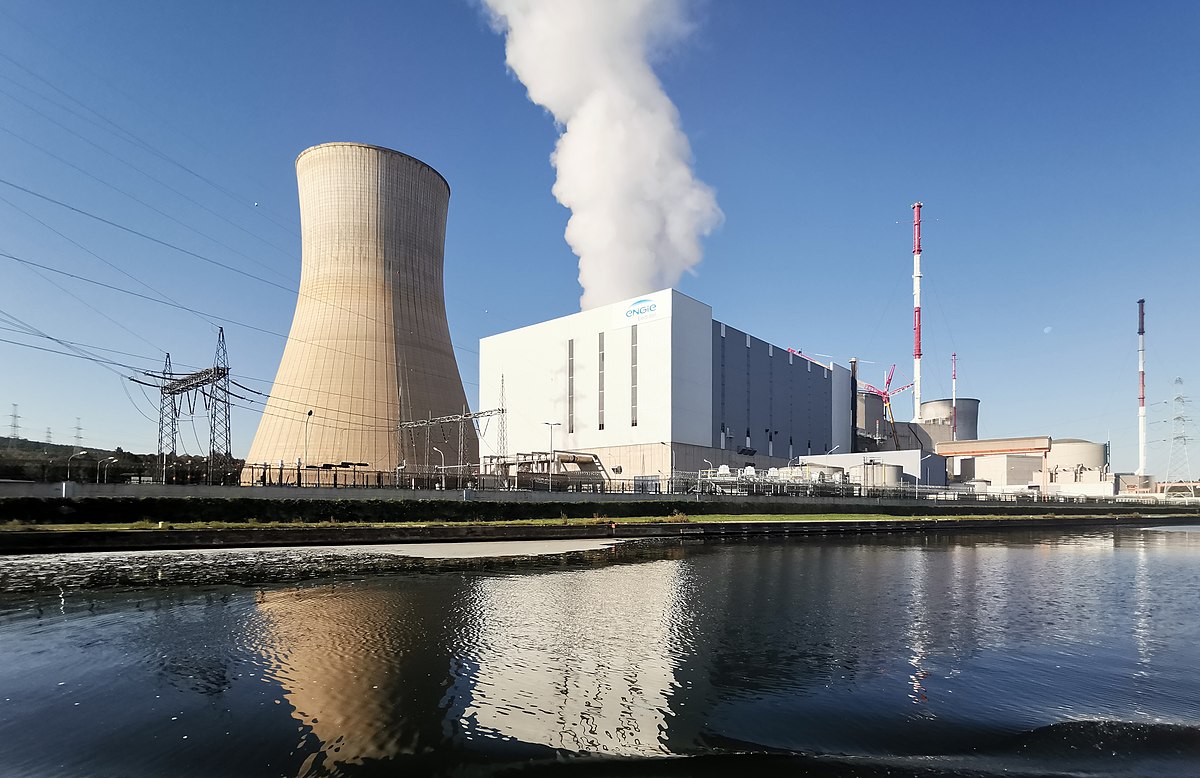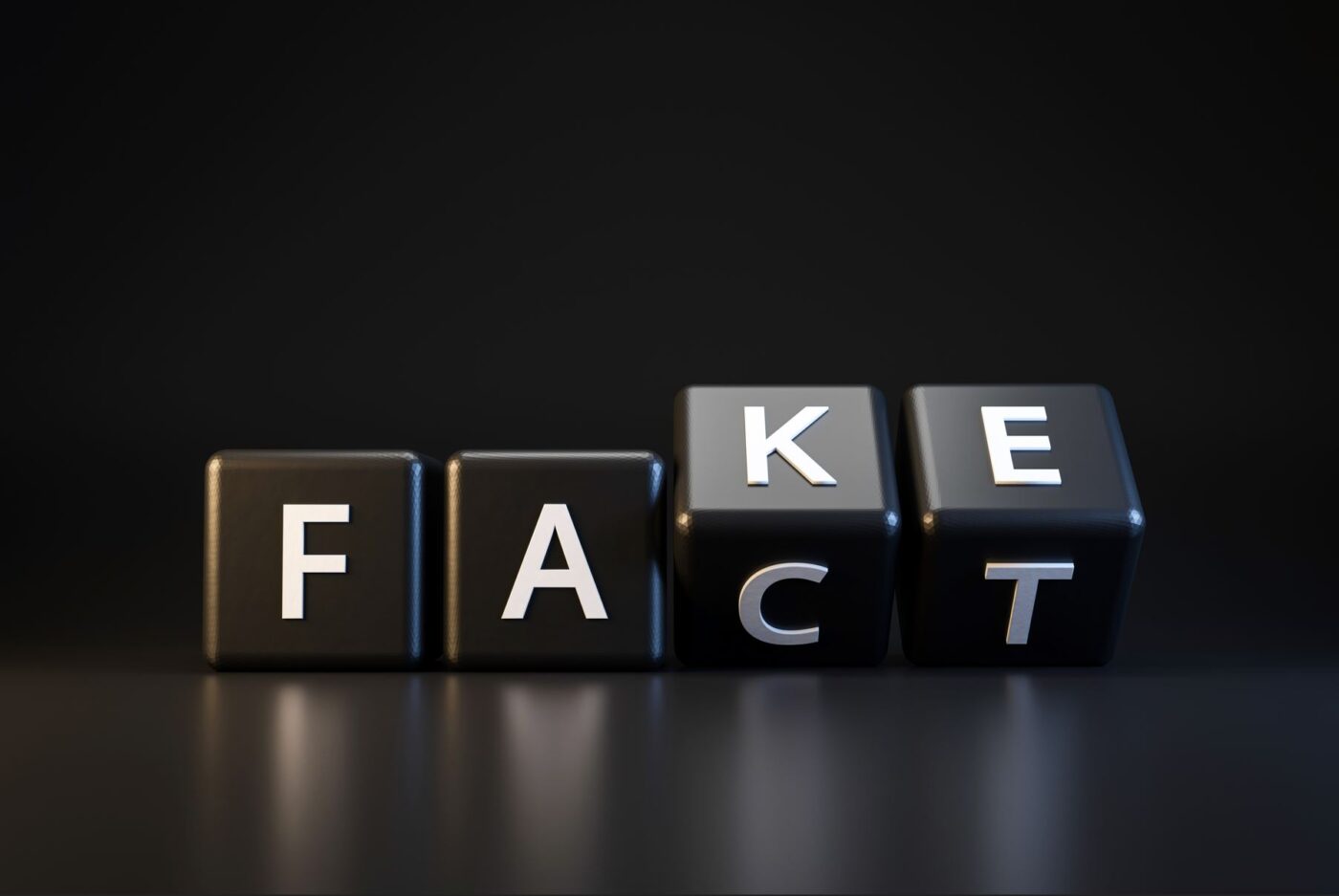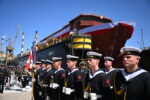In an interview with BiznesAlert.pl, Tomasz Stępień Gaz-System’s President of the Management Board talks about the progress of the Baltic Pipe project. He believes that the positive result of the first stage of the open season procedure means the project will enter a fast track and will be completed in 2022.
BiznesAlert.pl: The basic question is how the Baltic Pipe may impact the landscape and architecture of the gas market in our part of Europe?
Tomasz Stępień: The size of the gas market in this part of Europe is about 70 bcm and is growing. The stable growth makes it exceptionally prospective. The market is characterized by the fact that for many decades it has had one dominant supplier. This means there is money to be made here. So far the only, albeit fundamental, obstacle was to offer clients new gas delivery sources. The Baltic Pipe is a response to this limitation. In my opinion this project may be a spark that will significantly change and impact the landscape of the Central European market. Together with the developing LNG technology, it may break the existing monopoly and impact the price formation process.
How does the Three Seas Initiative (3C) fit into this jigsaw? Is it possible that the 3C will play a role in the talks about Baltic Pipe? Can it benefit from the project?
The key idea behind the Initiative with regard to economic cooperation is to create market conditions for transfer of raw materials and the construction of interconnectors that link transmission pipelines. Therefore, Baltic Pipe complements Gaz-System’s plan to construct the North-South Corridor, which will connect the Lech Kaczyński LNG terminal in Świnoujście via the Czech Republic, Slovakia and Hungary, with the LNG terminal in Croatia which is currently under construction. Everybody who will recognize the benefits of this investment will be Baltic Pipe’s potential beneficiary. Poland’s geographic location and transmission network, which has 10 thousand kilometers of high-pressure gas pipelines, together with Gaz-System’s strategy, which we want to implement in the next 7-10 years – all of that constitutes a huge business potential.
How do you assess the possibility of cooperation with Croatia as part of the North-South Corridor?
During the Three Seas Summit we signed a cooperation agreement with Plinacro, the Croatian transmission system operator because we want to cooperate to develop the Central European natural gas market and finish the construction of the North-South Corridor. The cooperation will encompass exchange of experiences, especially with regard to the development of the LNG market. We are also analyzing other projects, such as underground gas storage facilities. Of course we will also cooperate with other operators.
What does open season mean for the Baltic Pipe? Many believed the project will be delayed. Will the fact that open season has been postponed impact the schedule of project?
The Baltic Pipe project is supposed to enable the transmission of gas as of the October 2022 – October 2023 gas year. The schedule is still binding. Today open season is a standard tool used by operators to start investments and is a natural element of the investment cycle. The goal of the procedure is to acquire delivery contracts. We have completed the first phase successfully. This is a signal that the market is interested in gas from the North Sea transmitted through Denmark and the Baltic Sea to Poland. The positive result means the project will enter a fast track and will be completed in 2022. In September we will commence the second part of the procedure with a view to signing 15-year supply contracts.
Some media are saying that Poland is paying too much – more than Denmark. What is the benefit of us paying more than the Danish?
I would like to stress that the initial estimates of expenditure and costs have been made public by both companies already at this stage of the project. It is sufficient to compare the size of markets and transmission systems to notice that proportionally we are not paying more. Exact calculations will appear at the stage of approving investment decisions because the documentation is still in preparation. The entire expenditure has been split on the basis of an estimate and at this stage we are also including the margin of error.
Yes, but some are saying that since we are building the compressor stations and paying more in reality, we will reap some kind of benefits. Is this the added value in the form of higher expenditure in return for additional infrastructure on our side?
In every international project where more than one operators are involved it is always the case that one of the parties “wants more”, because it believes it will benefit more. Naturally for the project to be successful, both parties have to be determined. However, if one side reaps more benefits, it does not mean the other one will get nothing. This is also a matter of risk. The question is who will take more of it. In this case the compressor station for Baltic Pipe is designed to transmit gas to Poland. From Denmark’s point of view it is not needed. Therefore, increased cost participation in this matter is natural.
Aren’t you afraid that in comparison to Nord Stream 2, the Baltic Pipe will be uncompetitive? If Nord Stream 2 is built, Baltic Pipe won’t be?
I am not afraid of competition and these project are independent from one another.
During the public consultations in Szczecin on Nord Stream 2, its owners were asked whether their calculations take into account the Baltic Pipe. They said they didn’t have enough data on the subject. Does this create concerns about the crossing of the two pipelines?
Every crossing is a technical and engineering matter. At the right time and at the right stage we will have appropriate discussions and submit applications to ensure this operation is carried out.
Will a delay in constructing Nord Stream 2 be beneficial for Baltic Pipe? Is it the case that the sooner we build the pipeline, the more we will limit the impact of Russian gas deliveries?
As far as I know nobody in the Polish market is interested in Nord Stream 2 gas. The pipeline runs to Germany, then via Germany to the Czech Republic and on to Austria.
At the beginning of June you celebrated the first delivery of US LNG to Świnoujście. How does this impact the competitiveness of our LNG terminal and our market?
From our point of view every delivery increases the capabilities of our terminal and the quality of the services we offer and from which we profit. This made us certain that it was the right choice and convinced us to enlarge the terminal to expand our services by increasing the capacity. The terminal in Świnoujście is the only land terminal in this part of Europe and that fact alone creates a lot of perspectives. The LNG market is volatile, sometimes it is dominated by producers, at other times by consumers. The first LNG terminals were built in the 70s and only today are they able to compete with gas from pipelines. LNG development shows that interesting times have come for the terminal and the entire transmission system.
Interview by Piotr Stępiński.








